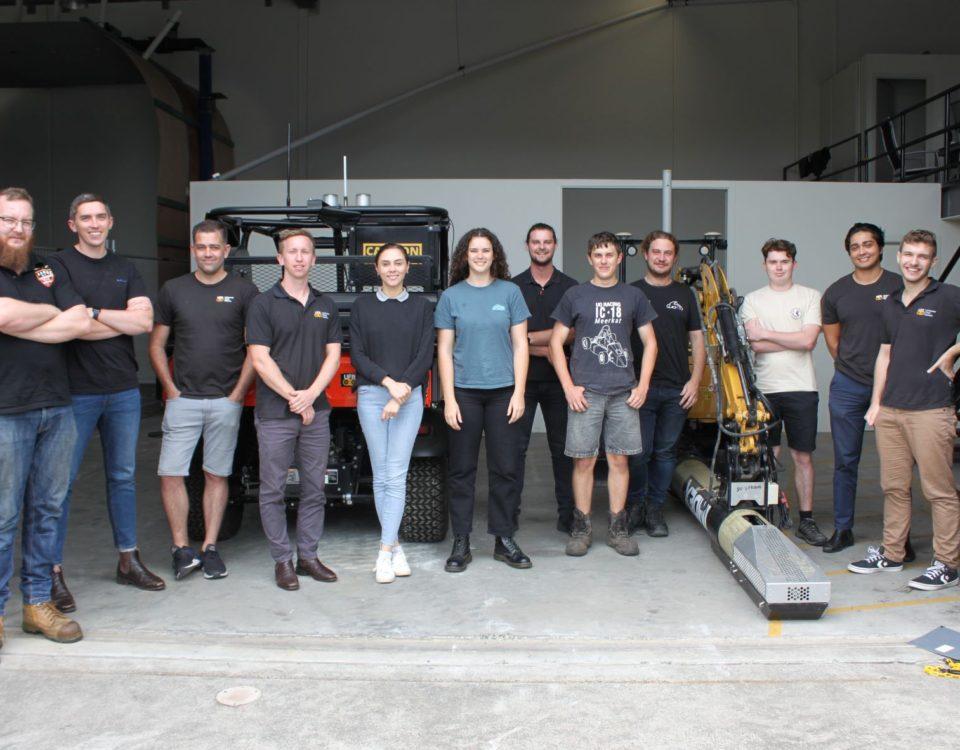The age of automation is here: is Australia ready?

According to a 2019 McKinsey & Company report, “automation and artificial intelligence present an enormous opportunity for national and personal income growth”. The report, Australia’s automation opportunity: Reigniting productivity and inclusive income growth, takes an in-depth look at the implications of automation technologies such as machine learning, artificial intelligence (AI) and advanced robotics for Australian society in the future.
Here’s an overview of some of its key findings.
Why should we see automation as an opportunity?
The report’s authors acknowledge that many people are wary about automation in the workplace but, they say, we shouldn’t envision “robot armies and mass unemployment”.
Instead, the report notes that Australia’s economy is ripe for technological change that can boost production and income growth. While we are approaching three decades of uninterrupted economic growth, the last decade has not been as impressive as the previous two, delivering lower economic and income growth and fewer benefits to Australian households.
“To reignite income growth for Australian households, the country must re-fire its productivity engine and ensure that any gains translate into wage gains,” the report stresses.
Automation holds the promise of revolutionising productivity across multiple sectors, from construction to manufacturing, government, transport and healthcare. The McKinsey Global Institute mapped automation technologies against more than 2,000 specific work activities across 800 occupations and examined the global implications. It identified three scenarios of automation adoption:
1. a late (or slow) scenario,
2. an early (or fast) scenario,
3. a mid-point scenario (the average between the slow and fast scenarios).
Based on the conservative mid-point scenario, McKinsey Australia reports that:
+ 63 per cent of work activities have the potential to be automated by 2030,
+ by lifting productivity and incomes, automation could add around $1.2 trillion to the Australian economy by 2030 and Australians could earn additional income of $30,000 over that period.
Looking at a fast scenario with a bold push towards automation, those figures rise to $4 trillion in economic growth by 2030 and $110,000 additional income for Australians over that period.
How do we navigate the challenges?
Of course, automation means that jobs will be displaced, and workplaces will be disrupted. Based on mid-point automation adoption rates, we could expect about 3.5 million full-time equivalent positions to be displaced over the next decade. The report points out, however, that this figure is not that different to recent historical rates of displacement due to technology and economic change. In addition, other factors will continue to create jobs, including:
+ population growth,
+ rising consumer incomes,
+ growing healthcare needs from an ageing population,
+ higher energy and infrastructure investment.
“Once automation kicks in,” the report notes, “it will have second-round positive impacts on income and consumption, creating a virtuous loop.”
Nevertheless, the immediate impacts on people will be challenging: 50 to 80 percent of workers may need to retrain and transition to completely new occupations in order to find work.
Job demand will vary depending on sector, occupation and region, and new skills will be needed across the board. Technology skills, higher cognitive skills, social skills and emotional skills will increase in demand, while “the need for people to perform physical and routine tasks will shrink”.
The impact these changes will have on income inequality and unemployment in Australia will depend on how effectively the country supports retraining and redeployment of workers, particularly in outer suburban and regional communities.
The report therefore recommends a national agenda for automation and inclusion across the public and private sectors:
“Australia’s successful history of structural reform should help in managing this transition, but it will require collaboration across the Australian economy by governments, employers and education providers.”
In upcoming articles, we’ll take a closer look at how companies should embrace automation, and how Universal Field Robots is using automation technology to drive productivity, safety and sustainability improvements across multiple sectors.

